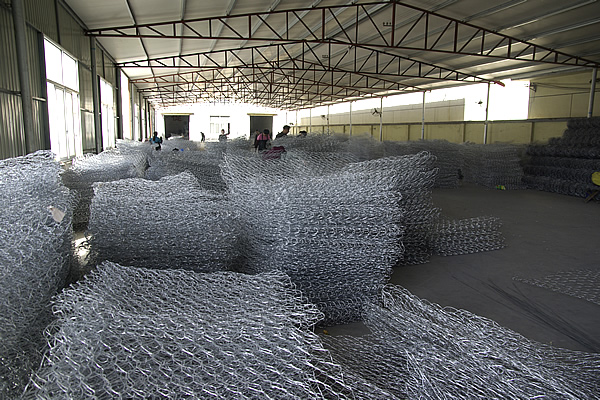 TEL:
+86-13102802206
TEL:
+86-13102802206
 Email:
fencenetting@china.com
Email:
fencenetting@china.com
 Language
Language
 TEL:
+86-13102802206
TEL:
+86-13102802206
 Email:
fencenetting@china.com
Email:
fencenetting@china.com
 Language
Language


A Roll of Barbed Wire A Symbol of Resilience and Protection
In a world where boundaries and limitations often dictate our lives, a roll of barbed wire may seem like a mundane object. However, it carries a profound significance that transcends its physical form. Barbed wire, first invented in the late 19th century, has served various purposes, from fencing livestock to securing properties. But beyond its practical applications, it symbolizes resilience, protection, and the complex interplay between freedom and confinement.
When we think of barbed wire, the first images that might spring to mind are those of rugged farms and pastoral landscapes. Farmers and ranchers have used it to keep their livestock safe, ensuring that animals do not wander off into danger. This aspect of barbed wire reflects the necessity of boundaries in our lives—boundaries that protect us and those we love. In this sense, a roll of barbed wire is more than just a tool; it embodies the care and responsibility of those who tend to the land and animals.
Yet, the symbolism of barbed wire extends far beyond rural life. Throughout history, barbed wire has been employed in militaristic contexts, often marking the divisions between countries or territories. It serves as a stark reminder of conflict and division, as well as the lengths to which societies go to protect their borders. The sight of barbed wire fencing off a war zone or a refugee camp evokes feelings of sadness and loss. It highlights the struggles of those caught in the crossfire of geopolitical tensions, where the very purpose of such barriers is to separate rather than unite.

Moreover, barbed wire has also come to symbolize resilience in the face of adversity. During the First and Second World Wars, it was used to fortify trenches and protect soldiers from enemy advances. Those rolls of barbed wire represented a commitment to survive, an unwillingness to back down when faced with danger. Similarly, for many communities around the world, barbed wire has become an emblem of their struggles for freedom and justice. It has marked the walls of prisons and detention centers, symbolizing the fight against oppression. In these contexts, the barbed wire serves as both a physical barrier and a reminder of the indomitable human spirit.
In contemporary society, barbed wire can still evoke mixed feelings. Some may view it as a necessary means of protection, while others see it as a representation of segregation and fear. The discussion surrounding its use in modern contexts raises questions about security versus liberty, control versus accessibility. As we navigate these complex themes, it becomes clear that a roll of barbed wire is not merely a utilitarian object; it encapsulates deeply rooted human experiences and emotions.
In conclusion, the significance of a roll of barbed wire extends far beyond its ordinary appearance. It serves as a multifaceted symbol of resilience, protection, conflict, and humanity’s enduring struggle for freedom. Whether it encloses a peaceful pasture or stands guard over a demarcated border, barbed wire invites us to reflect on the delicate balance between safety and separation in our lives.